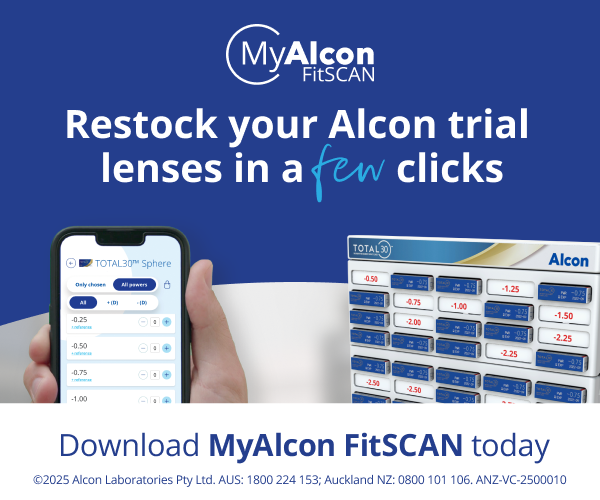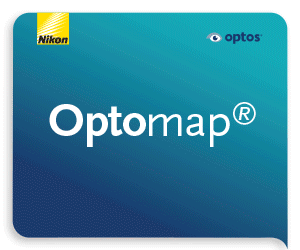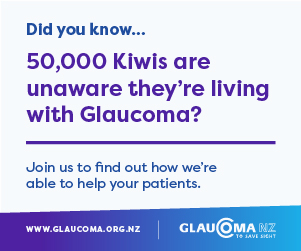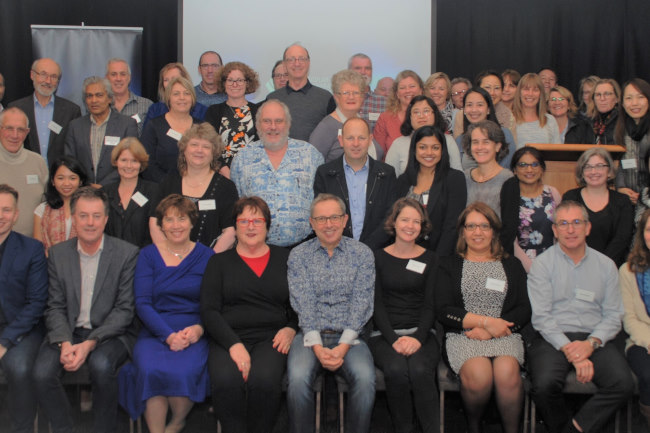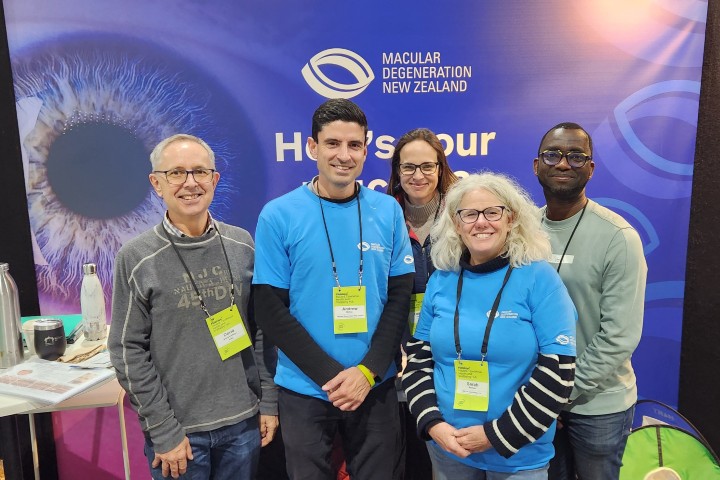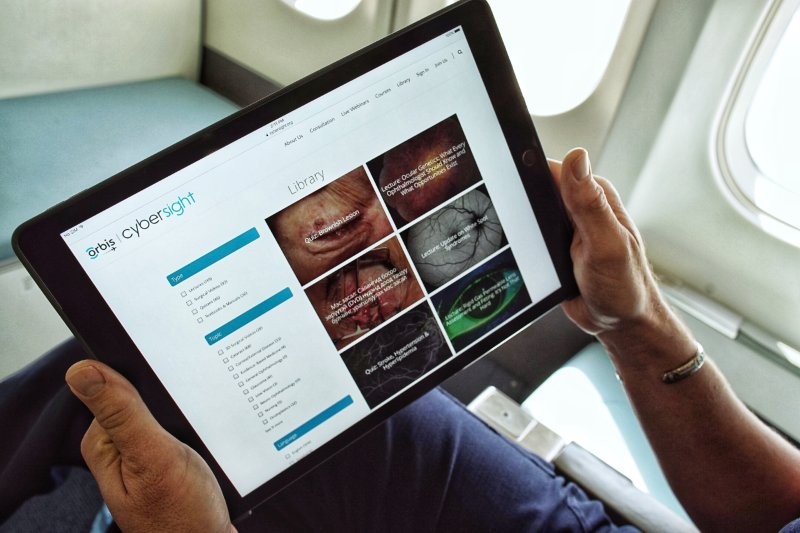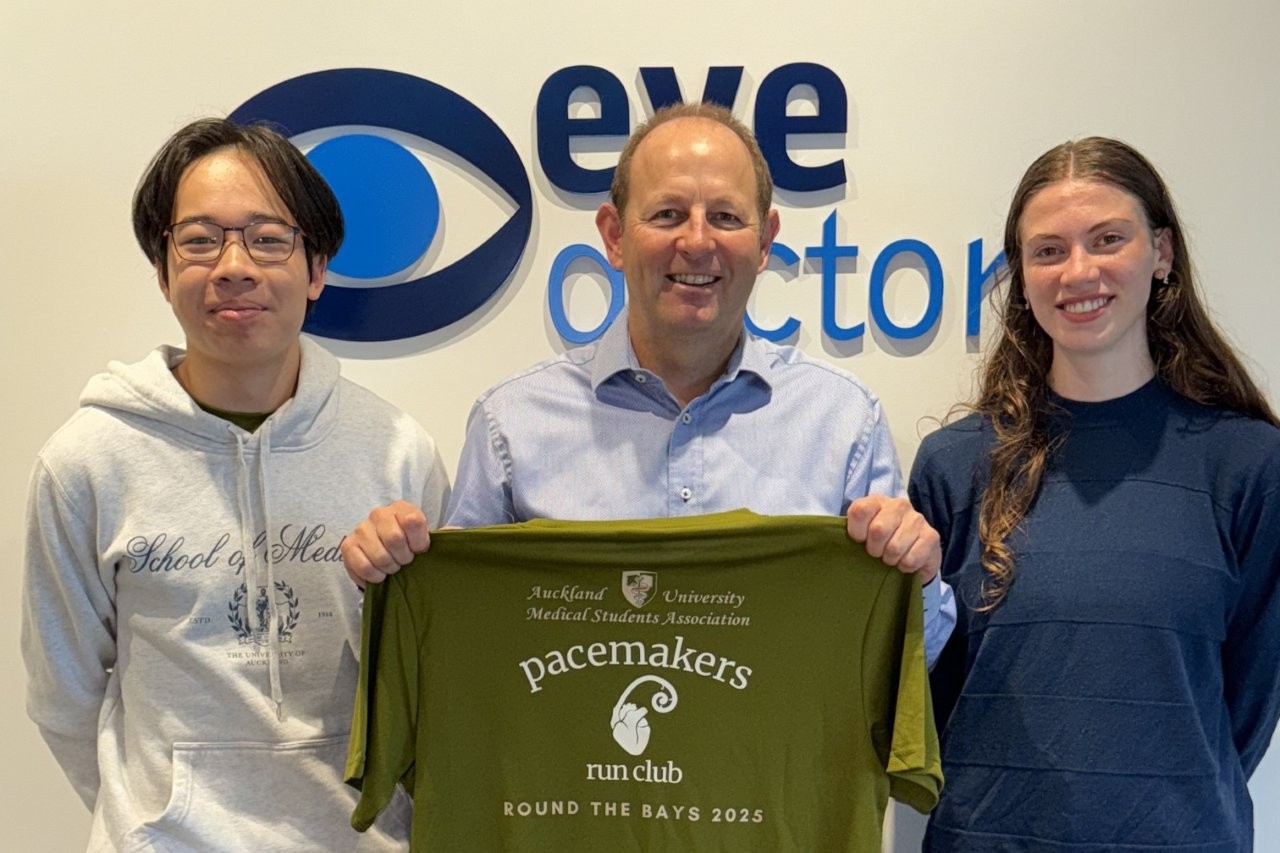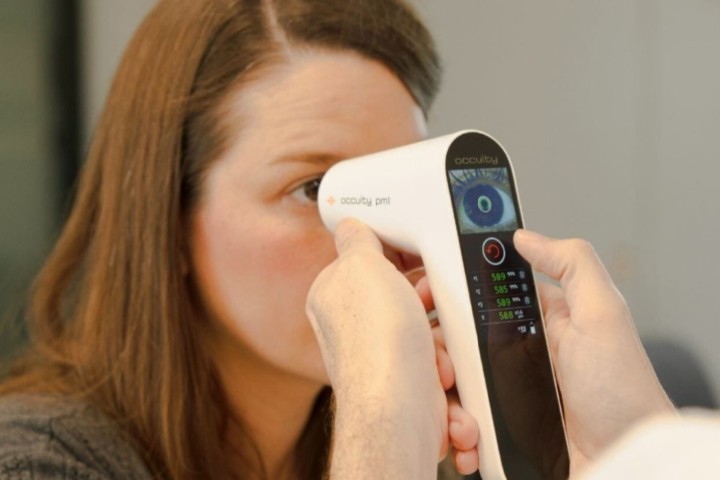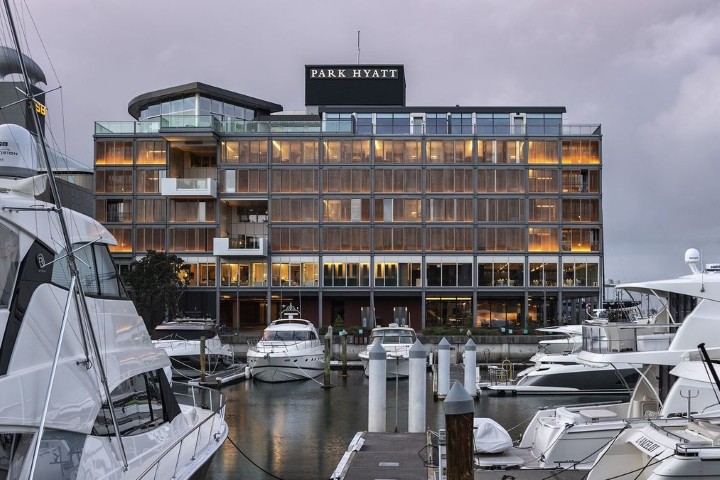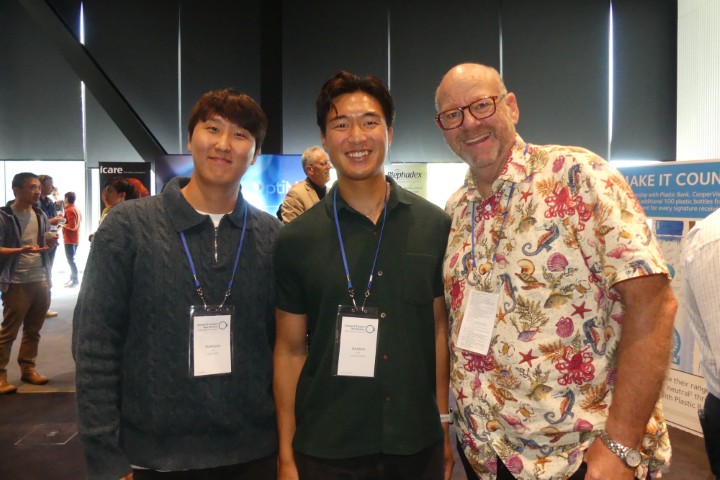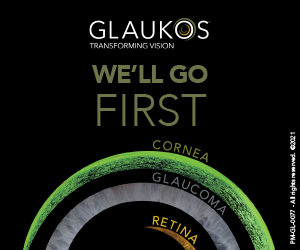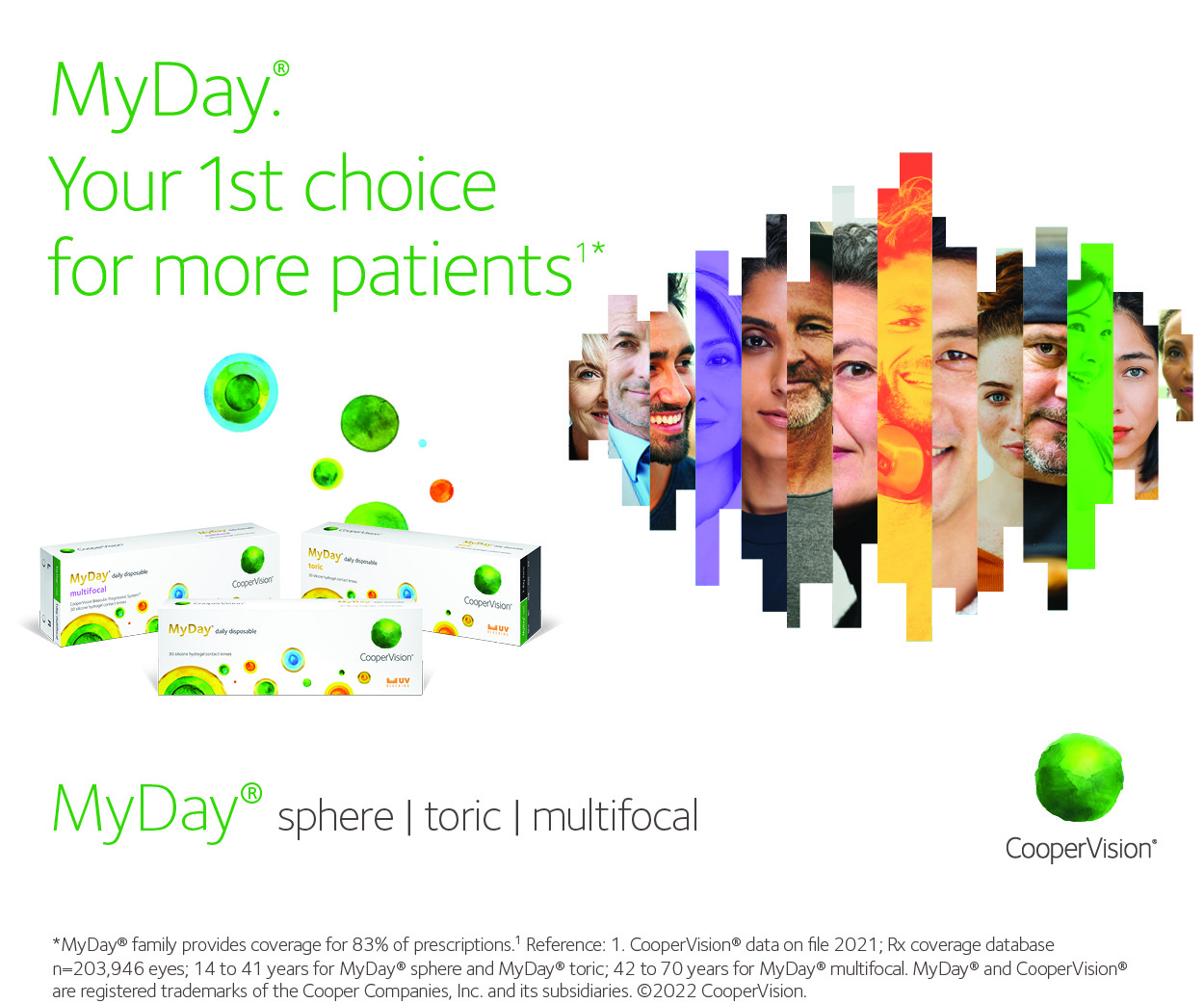Having a say in MD
Passionate ophthalmologist and nurse specialist supporters of Macular Degeneration New Zealand (MDNZ) met in July to contribute to the government’s long-overdue action to better tackle macular degeneration care in New Zealand.
Following the Royal Australian and New Zealand College of Ophthalmologists’ (RANZCO’s) campaign to highlight the plight of many of the country’s MD patients, who were going blind while waiting for treatment, the government commissioned a Tier 3 (model-of-care) report in age-related macular degeneration (AMD) from consulting firm Ernst & Young (EY) at the beginning of this year.
MDNZ and many of its members have also worked tirelessly to get the government to act, commissioning its own report, “the socioeconomic cost of macular degeneration in New Zealand,” from Deloitte’s last year after becoming frustrated at the government’s lack of action and total absence of any funding to tackle the largest cause of visual impairment in Kiwis over 50 years old.
Hence the interest in July’s MDNZ meeting, which was convened to allow the eye health community to get on board and provide crucial feedback to EY before it gives its report to government. The meeting was held at the Novotel in Ellerslie on the 1 July. There were 60 leading retinal specialists from across the country, plus a number of ophthalmic nurses and other eye health practitioners. All participated in an afternoon of engaging discussions and presentations, which provided the catalyst for enthusiastic debate during the breaks.
Engaging government
The afternoon opened with a dynamic introduction from Phillippa Pitcher, MDNZ general manager, who outlined the fantastic work that MDNZ has been doing. Pitcher was followed by MDNZ marketing advisor James Rangihika who discussed ways of engaging with government. MDNZ’s key focus has been on increasing awareness of the condition within New Zealand: 1.5 million people are at risk of developing MD in New Zealand and this is forecast to increase to 1.8m in 2026. Awareness and education are key to reducing MD, hence MDNZ’s key message “early detection saves sight”. Deloitte’s report found the socioeconomic cost of MD in New Zealand to be a staggering $391m, though a $2.8m spend on awareness, based on comparable data in Australia and overseas, could save the government more than $70m a year.
Increasing awareness
In 2016, according to a poll, awareness of MD was at 59%. MDNZ’s aim is to increase this to over 88% using a large-scale awareness campaign, including television advertising, emulating Australia’s success with such action. MDNZ currently creates awareness through an informative website, regular Facebook updates, its Viewpoint newsletter and regular educational roadshows around the country, encouraging people to contact MDNZ through its 0800 ‘save sight’ help line, by email or through its website.
New model-of-care
At the meeting, EY’s Dr Gary Jackson took the audience through a draft version of its model-of-care for MD in New Zealand report. Key focus areas included prevention and early detection, intravitreal anti-VEGF treatments and low vision rehabilitation.
A visionary and enthusiastic Dr Dianne Sharp, chair of MDNZ, urged ophthalmology colleagues to offer their feedback before the report is put before government. “This is our chance to have our say – let’s make it count!”.
Ophthalmologists were invited to discuss the accuracy of the picture of the current state of care and the proposed new model-of-care to develop and provide useful feedback to EY prior to submitting its advice to the Ministry of Health. The key objective was: timely diagnosis, close to home and the best use of professional skills, technology and infrastructure in the health system. Jackson also discussed early detection of MD and speed of treatment, with the aim to reduce time from diagnosis to the patient’s first anti-VEGF injection to one week or less to decrease the total number of injections used per patient.
Ophthalmologists gave feedback and there was lively discussion about anti-VEGF treatment options and availability, the potential of using other eye health professionals to administer injections and the administration challenges within the public health system. Everyone agreed the sessions provided many interesting talking points and useful feedback for EY.
Clinical examples
Led by Dr David Squirrel, the final session of the afternoon opened the floor to those ophthalmologists present to discuss challenging clinical cases and their own rationales and considerations for the application of anti-VEGF treatments.
MDNZ professional friends
Pitcher thanked those ophthalmologists who have joined the MDNZ Professional Friend member support programme and encouraged others to join. If optometrists or ophthalmologists are interested in becoming a Professional Friend of MDNZ, please visit: www.mdnz.org.nz.





